Home>diy>Planning & Engineering>What Pen Do Landscape Architect Use
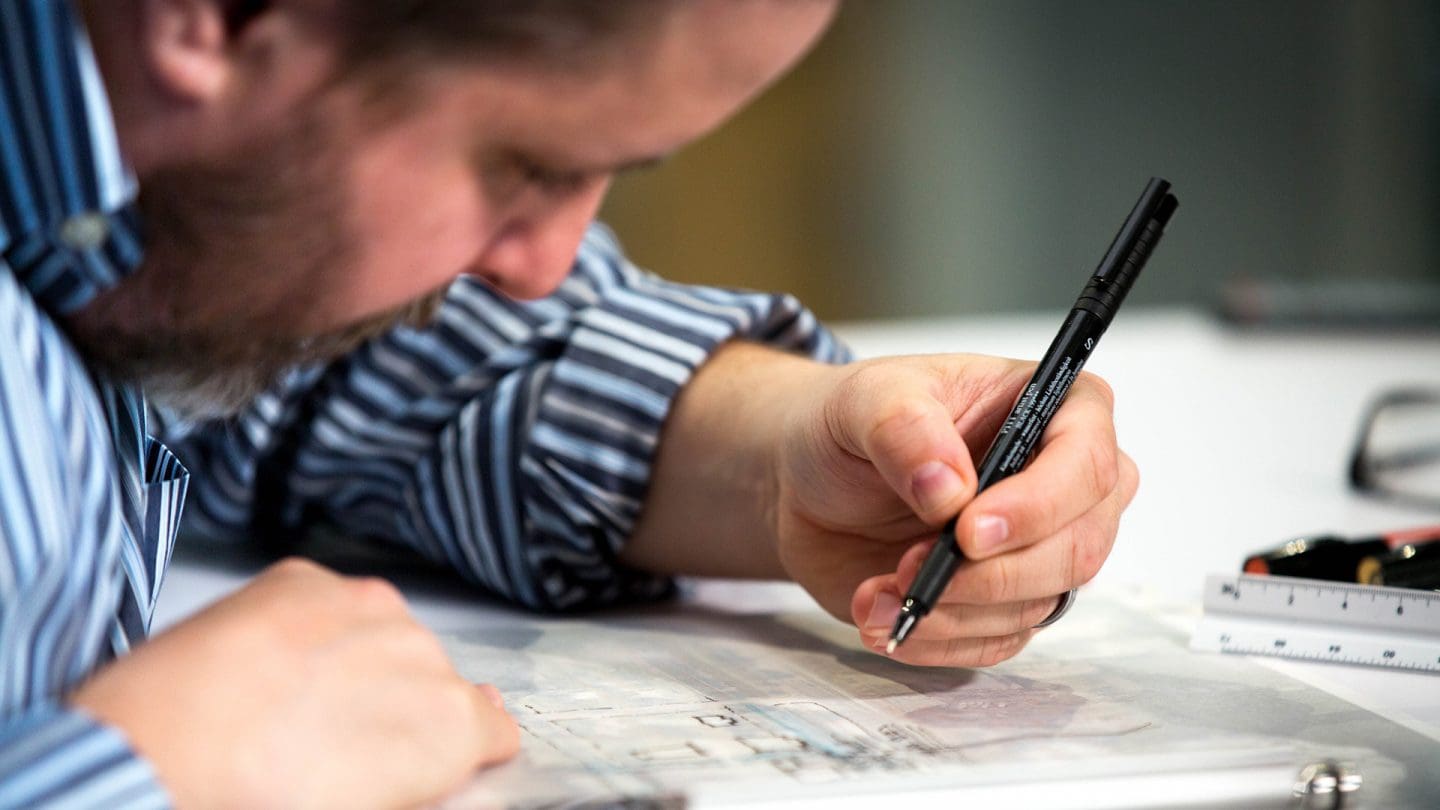

Planning & Engineering
What Pen Do Landscape Architect Use
Modified: February 25, 2024
Discover the essential pen for landscape architects. Get insights into the planning and engineering dimension of their work. Explore our comprehensive guide today!
(Many of the links in this article redirect to a specific reviewed product. Your purchase of these products through affiliate links helps to generate commission for Storables.com, at no extra cost. Learn more)
Introduction
Landscape architecture is a diverse field that involves planning, designing, and managing outdoor spaces, including parks, gardens, and public landscapes. As landscape architects, attention to detail is crucial, and every element, from the layout to the intricate designs, is meticulously crafted.
One element that often gets overlooked but plays a significant role in the work of landscape architects is the pen they use. While pens may seem like a trivial tool, they are essential for sketching, drafting, and bringing ideas to life on paper. Choosing the right pen can have a profound impact on the quality and accuracy of the work produced.
In this article, we will explore the importance of choosing the right pen for landscape architects, examine the types of pens commonly used in the profession, discuss the factors to consider when selecting a pen, and recommend some popular pen brands for landscape architects.
Key Takeaways:
- Choosing the right pen is crucial for landscape architects, impacting precision, visual appeal, and workflow efficiency. Technical, fineliner, watercolor, ballpoint, and gel pens offer diverse benefits for different drawing needs.
- Reputable brands like Rotring, Staedtler, Sakura, Micron, and Faber-Castell provide reliable, durable, and versatile pens suitable for landscape architects. Consider ink quality, line width, comfort, and budget when selecting the ideal pen.
Importance of choosing the right pen for landscape architects
The choice of pen may seem like a trivial matter when it comes to landscape architecture, but it can significantly impact the quality and success of a project. Here are a few reasons why choosing the right pen is important for landscape architects:
- Precision and accuracy: Landscape architects deal with intricate designs and precise measurements. A reliable pen allows for accurate lines, details, and annotations on technical drawings and plans, ensuring the ideas are communicated effectively.
- Visual representation: A pen that can replicate the designer’s vision accurately helps in presenting ideas to clients and stakeholders. Clarity in sketching and rendering enhances the visual impact, making it easier for others to understand and appreciate the proposed landscape design.
- Efficiency and productivity: A comfortable and efficient pen can optimize workflow and increase productivity. Landscape architects often spend hours sketching and refining ideas. A pen that glides smoothly and is comfortable to hold can reduce fatigue and allow for longer working sessions.
- Capturing inspiration: Inspiration can strike at any time, and having a reliable pen on hand ensures that ideas are captured quickly before they fade away. The right pen becomes an extension of the architect’s creativity, allowing thoughts and concepts to be transferred onto paper effortlessly.
- Professional presentation: A well-executed landscape design requires professional-looking drawings. The choice of pen affects the line quality, intensity, and style of the sketches. Presenting clean, precise, and visually appealing drawings enhances the overall impression of professionalism.
In summary, the right pen is an essential tool for landscape architects, influencing precision, visual representation, efficiency, inspiration capture, and professional presentation. By investing in a suitable pen, landscape architects can elevate the quality of their work and showcase their skills and creativity effectively.
Types of pens commonly used by landscape architects
Landscape architects rely on a variety of pens to bring their ideas to life on paper. Each type of pen offers unique characteristics and benefits. Here are some of the most commonly used pens in landscape architecture:
- Technical pens: Technical pens, also known as drafting pens, are favored for their precision and consistent line widths. They use refillable cartridges and come in various sizes, allowing architects to create detailed drawings with clean and sharp lines.
- Fineliner pens: Fineliner pens are ideal for creating fine lines and intricate details. With a felt-tip or metal point, they provide a consistent line width and are available in various colors. Fineliner pens offer excellent control and are often used in rendering plant details and hatching in landscape architectural drawings.
- Watercolor pens: Watercolor pens combine the convenience of a marker with the versatility of watercolors. They have a brush tip that allows architects to apply color washes, create gradients, and add vibrant hues to their sketches. Watercolor pens are perfect for quick and expressive renderings.
- Ballpoint pens: Ballpoint pens provide smooth and consistent lines, making them a popular choice for drafting and note-taking. They are readily available, reliable, and offer long-lasting ink. While they may not provide the same level of precision as technical pens, ballpoint pens are great for initial sketches and conceptual drawings.
- Gel pens: Gel pens, known for their smooth and vibrant ink, are favored for their versatility and ease of use. They offer a wide range of colors and provide a comfortable writing experience. Gel pens are commonly used for highlighting and adding pops of color to landscape drawings.
Each pen type has its own advantages and is suitable for different stages of the design process. It’s important for landscape architects to experiment and find the pens that best suit their preferences and working style.
Technical pens
Technical pens, also known as drafting pens, are a staple tool for landscape architects when it comes to precise and accurate line work. These pens are designed with a narrow metal tip that produces consistent line widths. The most notable feature of technical pens is their ability to create clean and sharp lines, making them essential for drafting technical drawings and detailed plans.
Technical pens use refillable ink cartridges, which allow architects to use them for an extended period without needing to replace the entire pen. This not only reduces waste but also offers cost savings in the long run. The availability of different tip sizes allows architects to achieve different line weights, from thin and delicate lines to thicker and bolder strokes.
One advantage of technical pens is their suitability for working with a variety of drawing surfaces, including smooth paper, tracing paper, or even drafting film. This versatility makes them well-suited for creating precise and detailed landscape plans, site analysis diagrams, and construction details.
When using technical pens, it’s important to keep the tips clean and well-maintained to ensure consistent ink flow. Regular cleaning and occasional nib replacements are necessary to prevent clogging and ensure optimum performance. It’s also essential to store technical pens in a horizontal position to prevent drying out or damage to the tips.
While technical pens are excellent for precise line work, they may not be suitable for shading or filling in large areas. For shading, architects may opt to use other pens such as fineliners or watercolor markers. However, the technical pen remains an indispensable tool for architects who require accuracy and precision in their drawings.
Popular brands of technical pens include Rotring, Staedtler, Sakura, and Micron. These brands offer a wide range of tip sizes and ink colors to cater to the specific needs of landscape architects. It is advisable to test different brands and sizes to find the technical pen that best suits individual preferences and drawing styles.
Fineliner pens
Fineliner pens are a popular choice among landscape architects for creating fine lines and intricate details in their drawings. These pens feature a narrow, felt-tip or metal point that provides consistent line widths, making them perfect for precise drafting and rendering.
Fineliner pens are known for their versatility and ability to produce clean and controlled lines. They are available in various sizes, typically ranging from 0.1mm to 0.8mm, allowing architects to create different line weights and add intricate details to their drawings. The fine tips also make them suitable for hatching, shading, and creating textures.
One of the key advantages of fineliner pens is their ink quality. The ink used in these pens is typically archival, meaning it is fade-resistant and waterproof. This ensures that the drawings remain vibrant and intact for years to come. Additionally, the ink dries quickly, reducing the risk of smudging or smearing during the drawing process.
Fineliner pens are commonly used in landscape architecture for rendering plant details, intricate patterns, and annotations. They are also favored for sketching initial concepts and creating expressive line drawings. The precision offered by these pens is ideal for showcasing the intricate designs and delicate features that are often found in landscape architecture.
Another advantage of fineliner pens is their wide range of color options. Architects can choose from a variety of colors to add depth and visual interest to their drawings. This allows for more creative and dynamic representations of landscape designs.
Some popular brands of fineliner pens include Sakura Pigma Micron, Staedtler Pigment Liner, and Faber-Castell PITT pens. These brands offer high-quality pens with durable tips that allow for consistent and reliable performance.
When using fineliner pens, it’s important to handle them with care to avoid damaging the tips. Applying excessive pressure or using them on rough surfaces can cause the tips to wear down or become frayed. Storing them horizontally and capping them after use will help extend their lifespan.
Overall, fineliner pens are an indispensable tool for landscape architects who require precision and attention to detail in their drawings. Their fine tips and archival ink make them ideal for capturing the intricate features of landscape designs and adding expressive details that bring the plans to life.
Watercolor pens
Watercolor pens are a versatile and convenient tool for landscape architects, combining the vibrant colors of watercolors with the ease of a marker. These pens have a brush tip that allows architects to apply liquid watercolor directly onto the paper, creating colorful washes, gradients, and adding depth to their sketches.
One of the key advantages of watercolor pens is their portability. Unlike traditional watercolor paints, which require brushes and a water container, watercolor pens are self-contained and can be easily carried around. This makes them perfect for on-site sketching or quick renderings, as they eliminate the need for additional equipment.
Watercolor pens offer a wide range of colors and shades, allowing architects to capture the natural beauty of landscapes accurately. They can be used to depict vegetation, sky, water, and other elements with vibrant and translucent hues. The brush tips provide flexibility and control, making it easy to create varying line widths and subtle gradations.
Another advantage of watercolor pens is their quick-drying nature. Unlike traditional watercolors that require time to dry and may smudge during the drawing process, watercolor pens dry quickly, reducing the risk of smearing or running. This allows for a more efficient and seamless workflow, especially when working on location.
Watercolor pens can be used on a variety of surfaces, including watercolor paper, sketchbooks, and even mixed media papers. The versatility of these pens makes them suitable for creating preliminary sketches, quick concept renderings, or adding vibrant details to finished landscape drawings.
It’s important to note that watercolor pens can be more challenging to control compared to traditional watercolors. The amount of water and pressure applied to the pen can affect the intensity and transparency of the colors. Practice and experimentation are essential to master the techniques of using watercolor pens effectively.
Popular brands of watercolor pens include Sakura Koi Coloring Brush Pens, Tombow Dual Brush Pens, and Faber-Castell Albrecht Dürer Watercolor Markers. These brands offer a wide range of colors and often come in sets, allowing architects to explore different palettes and create stunning watercolor effects.
In summary, watercolor pens provide landscape architects with a convenient and versatile tool for adding vibrant colors and artistic effects to their drawings. Their portability, range of colors, and quick-drying nature make them an excellent choice for on-site sketching and creating expressive watercolor renderings.
Ballpoint pens
Ballpoint pens are a common and reliable choice for landscape architects when it comes to daily note-taking, initial sketches, and conceptual drawings. These pens are known for their smooth and consistent ink flow, making them easy to write with and perfect for quick jotting down of ideas.
One of the key advantages of ballpoint pens is their availability. They can be found in various colors and thicknesses, ensuring architects can choose the pen that suits their preferences and drawing style. Additionally, ballpoint pens are affordable and widely accessible, making them a cost-effective option for everyday use.
Ballpoint pens use a small ball bearing to dispense ink onto the paper. This design gives them a reliable and consistent ink flow, providing a seamless writing or drawing experience. The ink in ballpoint pens is also quick-drying, reducing the risk of smudging or smearing during use.
While ballpoint pens may not offer the same level of precision as technical pens or other fine-tipped pens, they can still be used for rough sketches, brainstorming, and outlining concepts. Their versatility and ease of use make them a practical choice, especially for capturing ideas on the go.
Another advantage of ballpoint pens is their longevity. They typically have a large ink capacity and can last for a long time before needing a refill. This durability makes them suitable for extended use, making them reliable tools that can withstand the demands of landscape architecture work.
Some landscape architects also prefer ballpoint pens for their ability to create distinct line widths, depending on the pressure applied. By varying the pressure, architects can achieve different line weights, allowing for more expressive and dynamic sketches.
Popular brands of ballpoint pens include Bic, Papermate, and Pilot. These brands offer a wide range of colors, ink types, and pen designs to cater to different preferences and needs.
While ballpoint pens may not be the first choice for highly detailed or precise drawings, their simplicity, reliability, and affordability make them a valuable tool for everyday use in landscape architecture. Whether for note-taking or quick ideation, a trusty ballpoint pen remains a staple in any landscape architect’s toolkit.
Gel pens
Gel pens are a popular choice for landscape architects, offering a smooth and vibrant writing experience. These pens use a gel-based ink that flows smoothly onto the paper, providing a bold and saturated line. Gel pens are versatile tools that can be used for various tasks, including highlighting, annotating, and adding pops of color to landscape drawings.
One of the key advantages of gel pens is the vibrancy of their ink. The gel-based ink tends to be more opaque and vibrant compared to other pen types, allowing architects to create eye-catching details or emphasize important elements in their drawings. Gel pens come in a wide range of colors, providing options for adding depth and visual interest to landscape designs.
Gel pens are known for their smooth and effortless writing experience. The ink glides across the paper, making it easy to create clean and consistent lines. This comfort in writing, combined with the vividness of the ink, makes gel pens a pleasure to use for both note-taking and sketching.
Another advantage of gel pens is their quick-drying nature. The ink dries rapidly, reducing the risk of smudging or smearing. This allows architects to work efficiently without having to worry about waiting for the ink to dry before moving on to the next part of their drawing.
Gel pens are often chosen for their ergonomic design and comfortable grips. Many gel pen models feature rubberized or contoured grips that provide a comfortable and secure hold, reducing hand fatigue during long drawing sessions. The comfort factor makes gel pens suitable for architects who spend extended periods sketching and designing.
Popular brands of gel pens include Uni-ball Signo, Pilot G2, and Sakura Gelly Roll. These brands offer various tip sizes, ink colors, and designs to cater to different preferences and drawing styles.
It’s important to note that gel pens may require more frequent ink refills compared to other pen types due to their smooth and bold ink flow. However, the vibrant colors and comfortable writing experience they offer make them a favorite among landscape architects.
In summary, gel pens are versatile tools that provide landscape architects with a smooth writing experience, vibrant colors, and quick-drying ink. Whether used for highlighting, annotating, or adding a splash of color to designs, gel pens offer a delightful and expressive addition to a landscape architect’s arsenal of drawing tools.
Factors to consider when choosing a pen for landscape architecture
Choosing the right pen for landscape architecture is crucial, as it can greatly impact the quality of work produced. Here are some factors to consider when selecting a pen for landscape architecture:
- Budget considerations: Determine the budget available for purchasing pens. Consider the balance between quality and affordability, ensuring that the chosen pen fits within the allocated budget.
- Durability and longevity: Look for pens that are sturdy and made with high-quality materials. Consider how long the pen is likely to last and if it can withstand the demands of daily use.
- Line width and versatility: Consider the line width options available with the pen. Different line widths offer versatility in creating different effects and rendering various elements of a landscape design.
- Ink quality and smear resistance: Look for pens with high-quality ink that is fade-resistant and waterproof. This ensures that drawings remain vibrant and intact over time. Additionally, pens with quick-drying ink minimize the risk of smudging or smearing during the drawing process.
- Ergonomics and comfort: Consider the design and grip of the pen. Look for pens that are comfortable to hold for extended periods, as landscape architects often spend a significant amount of time sketching and drawing.
It’s important to note that individual preferences and drawing styles may vary. Take the time to test different pens and see which ones feel the most comfortable and produce the desired results. What works for one architect may not work for another, so personal preference plays a significant role in the selection process.
By considering these factors, landscape architects can choose pens that best suit their needs, strike a balance between cost and quality, and enhance their artistic capabilities. The right pen can become an indispensable tool, aiding in the effective communication and visual representation of landscape designs.
Read more: What Is A Green Landscape Architect
Budget considerations
When choosing a pen for landscape architecture, budget considerations play a crucial role in determining the options available. It’s important to strike a balance between the quality of the pen and its affordability, ensuring that it fits within the allocated budget. Here are a few factors to consider when it comes to budget considerations for pens:
- Price range: Pens come in various price ranges, from budget-friendly options to more high-end and expensive choices. Determine the budget available for purchasing pens and explore the options within that range.
- Value for money: Consider the value offered by the pen in relation to its price. Assess the quality, durability, and performance of the pen to determine if it justifies the cost. Look for pens that offer a good balance between affordability and performance.
- Long-term costs: While upfront costs are important, also consider the long-term costs associated with the pen. Some pens may require frequent ink refills or have a shorter lifespan, leading to additional expenses over time. Consider the overall cost of owning and using the pen throughout its lifespan.
- Brand options: Different pen brands offer a range of prices, with some being more affordable than others. Explore different brands and compare their offerings to find one that fits within the budget without compromising on quality or features.
- Consider alternatives: If the budget is limited, consider alternatives such as purchasing pens in sets or exploring budget-friendly options within a specific brand’s lineup. These options can often provide good quality pens at a more affordable price point.
It’s important to remember that a higher price does not always guarantee superior quality. Conversely, a lower-priced pen might still offer excellent performance and value. It’s crucial to balance the budget with the specific needs and preferences of the landscape architect.
Ultimately, prioritizing quality, durability, and functionality within the allocated budget is important when choosing a pen for landscape architecture. By considering the value and long-term costs, landscape architects can make an informed decision that meets their needs without breaking the budget.
Durability and longevity
When choosing a pen for landscape architecture, durability and longevity are important factors to consider. Landscape architects rely on their pens for daily use and require tools that can withstand the demands of their work. Here are a few considerations when it comes to the durability and longevity of pens:
- Build quality: Look for pens that are built with high-quality materials and solid construction. Pens made with durable materials such as metal or high-quality plastics are more likely to withstand the rigors of daily use and last longer.
- Tips and nibs: Consider the type and quality of the pen’s tip or nib. Look for pens with sturdy and resilient tips that are less likely to wear down or become frayed with repeated use.
- Ink capacity: Evaluate the pen’s ink capacity and consider how long it will last before needing a refill. Pens with larger ink cartridges or higher ink capacity are more likely to provide longer-lasting use, reducing the need for frequent refills.
- Refillable options: Look for pens that offer refillable options. Refillable pens allow architects to replace the ink cartridges instead of discarding the entire pen. This not only reduces waste but also provides cost savings in the long run.
- Brand reputation: Consider the reputation of the pen brand in terms of durability and longevity. Read reviews or ask for recommendations from other landscape architects to gauge the reliability and lifespan of pens from different brands.
It’s important to keep in mind that the durability and longevity of a pen can also depend on how it is used and maintained. Taking proper care of the pen, such as storing it properly and keeping the tip clean, can help extend its lifespan.
By investing in pens with good build quality and considering factors such as ink capacity and refillability, landscape architects can choose pens that are durable and long-lasting. Opting for reputable brands known for their reliability can also provide peace of mind regarding the durability of the chosen pens.
Ultimately, choosing pens that offer durability and longevity ensures that landscape architects have reliable tools that can withstand the demands of their work and provide consistent performance over an extended period.
Landscape architects often use a variety of pens for different purposes, including technical pens for precise drafting and sketching pens for freehand drawing. It’s important to choose pens with archival-quality ink to ensure longevity of the drawings.
Line width and versatility
Line width and versatility are important considerations when choosing a pen for landscape architecture. They determine the range of line weights architects can achieve and the flexibility of the pen in different drawing applications. Here are a few factors to consider regarding line width and versatility:
- Tip sizes and options: Pens come with different tip sizes, ranging from extra fine to bold. Consider the range of tip sizes available for the pen and how they can contribute to the variety of line widths you can achieve. Having different tip options allows for greater versatility in drawing different elements of a landscape design.
- Consistency in line width: Look for pens that offer consistent line widths. This ensures that the lines remain uniform throughout the drawing process. Consistency is particularly important when creating technical drawings or detailed plans that require precise line work.
- Varying line effects: Evaluate the versatility of the pen in creating different line effects, such as thin, delicate lines or thicker, bolder strokes. A pen that offers flexibility in creating varying line widths allows architects to express different textures, shading, and depth within their drawings.
- Ability to create fine details: Consider the pen’s ability to produce fine details. Fine lines are necessary for rendering intricate elements, such as foliage or small design components. A pen with a fine tip allows architects to capture the minute details that make a landscape design come to life.
- Versatility in application: Assess how versatile the pen is across different drawing applications. Look for pens that are suitable for drawing on various surfaces, such as paper or tracing paper. The versatility of the pen ensures that it can be used for different stages of the landscape design process.
By considering the line width options and versatility of a pen, landscape architects can choose tools that offer the desired range of line weights and flexibility in creating different effects. This allows for greater control and expressiveness in communicating and visualizing their landscape designs.
It’s worth experimenting with different pen types and tip sizes to determine the ones that best suit your drawing style and specific needs. Ultimately, the right pen should offer the versatility needed to capture the intricate details and varied textures that make landscape architecture unique.
Ink quality and smear resistance
The ink quality and smear resistance of a pen are crucial considerations for landscape architects. Smear-resistant ink ensures that the drawings remain clean and free from smudges, while high-quality ink contributes to the longevity and vibrancy of the artwork. Here are a few factors to consider regarding ink quality and smear resistance:
- Fade resistance: Look for pens with ink that is fade-resistant. Landscape architectural drawings need to withstand the test of time, and ink that resists fading ensures that the artwork remains vibrant and intact for years to come, even when exposed to light or environmental elements.
- Waterproof or water-resistant: Consider whether the pen’s ink is waterproof or water-resistant. Waterproof ink is particularly important for landscape architects who may need to add color or shading using water-based mediums or work in outdoor environments where exposure to water is a possibility.
- Quick-drying ink: Pens with quick-drying ink minimize the risk of smearing or smudging during the drawing process. This is especially important when working with pens that have bold or vibrant colors, ensuring that the lines and colors remain crisp and clean.
- Archival ink: Archival ink is designed to be long-lasting and resistant to deterioration over time. Choosing pens with archival ink ensures that the drawings will stand the test of time, maintaining their quality and vibrancy even after years of storage or display.
- Resistance to bleeding and feathering: Consider the pen’s resistance to bleeding and feathering, particularly when using the pen on different types of paper or when layering colors. Pens with ink that minimizes bleeding and feathering provide cleaner and more precise lines.
Several reputable pen brands prioritize ink quality and smear resistance, ensuring that landscape architects have dependable tools. Reading product descriptions, user reviews, and checking for ink quality specifications will help in identifying pens that offer the desired ink properties.
By choosing pens with high-quality, smear-resistant ink, landscape architects can have confidence that their drawings will remain clean, vibrant, and free from smudges or fading. This allows for professional-looking artwork that accurately represents their landscape designs.
Ergonomics and comfort
Ergonomics and comfort are important considerations when choosing a pen for landscape architecture. Landscape architects spend long hours sketching and designing, making it crucial to select a pen that offers a comfortable grip and minimizes hand fatigue. Here are a few factors to consider regarding ergonomics and comfort:
- Grip design: Consider the design and texture of the pen’s grip. Look for pens that offer a comfortable grip, perhaps with a rubberized or contoured surface, to provide a secure hold and reduce strain on the hand.
- Pen weight: Evaluate the weight of the pen. Some architects prefer lightweight pens that allow for easy maneuverability, while others may prefer a slightly heavier pen for added control. Choose a pen weight that feels comfortable and natural for your hand.
- Balance and proportion: Consider the balance and proportions of the pen. Pens that are well-balanced and have a suitable length can contribute to a more comfortable drawing experience, reducing strain on the hand and wrist.
- Smooth and consistent ink flow: Look for pens that offer a smooth and consistent ink flow. A pen that glides effortlessly across the paper ensures a comfortable writing or drawing experience, reducing strain and fatigue.
- Pen size: Consider the size of the pen and whether it fits comfortably within your hand. A pen that is too small or too large may lead to discomfort and hinder control over your drawings. Choose a pen size that feels comfortable and allows for precise movements.
Personal preference plays a significant role when it comes to the comfort and ergonomics of a pen. It’s important to physically test different pens to determine which one feels most comfortable and natural for your hand and drawing style.
Some pen models are specifically designed with ergonomics in mind, offering features such as a cushioned grip or a triangular shape to promote comfort and reduce strain. Exploring these options can be beneficial, particularly if you anticipate spending long periods sketching or designing.
By selecting a pen that offers ergonomic design and comfortable grip, landscape architects can ensure a more enjoyable and efficient drawing experience. A comfortable pen reduces hand fatigue and allows for extended periods of creativity without sacrificing comfort and control.
Recommended pen brands for landscape architects
When it comes to selecting pens for landscape architecture, there are several reputable brands that consistently deliver quality, performance, and a range of options to suit different needs. Here are some recommended pen brands for landscape architects:
- Rotring: Rotring is well-known for its technical pens that offer precise line work and durability. Their pens come in various tip sizes, allowing architects to achieve different line weights. Rotring pens are favored by professionals for their reliability and consistency in performance.
- Staedtler: Staedtler produces a wide range of pens suitable for different drawing applications. Their fineliner pens are popular for capturing intricate details, while their ballpoint pens offer smooth and reliable writing. Staedtler is known for its quality craftsmanship and innovative pen designs.
- Sakura: Sakura is renowned for its Sakura Pigma Micron pens, which are favored by many architects for their archival quality ink and consistent line widths. These fineliner pens are ideal for detailed drawings, sketches, and annotations.
- Micron: Micron, a brand under Sakura, specializes in producing fineliner pens with archival quality ink. Their pens offer a range of tip sizes and are highly regarded for their precision, making them suitable for intricate line work and detailed renderings.
- Faber-Castell: Faber-Castell offers a diverse range of pens, including their PITT pens, which are favored for their quality and versatility. The PITT pens come in various tip sizes and colors, making them suitable for sketching, outlining, and adding vibrant details to landscape designs.
It’s worth noting that individual preferences may vary, and it’s important to experiment with different brands to find the pens that best suit your drawing style and specific needs.
When exploring pen options, consider factors such as ink quality, line width options, durability, and comfort. Read reviews, try out different pens, and gather recommendations from fellow landscape architects to find the brands and models that align with your artistic preferences.
By choosing pens from reliable and recommended brands, landscape architects can have confidence in the quality and performance of their drawing tools, allowing for accurate, precise, and visually impressive landscape designs.
Rotring
Rotring is a well-respected brand in the world of pens, particularly known for its high-quality technical pens that are favored by landscape architects and professionals in various design fields. The brand has been synonymous with precision, durability, and innovation since its establishment in 1928.
Rotring pens are renowned for their exceptional engineering and attention to detail. Their technical pens are highly regarded for their precision in line work, making them an ideal choice for landscape architects who require accurate and detailed drawings. Rotring offers a variety of tip sizes, allowing architects to achieve different line weights and render various design elements with ease.
One of the notable features of Rotring pens is their reliability. They are designed to withstand the demands of frequent use and provide consistent performance over time. The pens are built with high-quality materials, ensuring their longevity and durability, even with extensive use.
Rotring pens are known for their innovative mechanism for smooth and precise ink flow. The pens use a refillable cartridge system, allowing architects to easily replace the ink when needed and reduce waste. The ink cartridges are available in various colors, providing flexibility in adding depth and visual interest to landscape drawings.
Ergonomics is another area where Rotring excels. The pens are designed with a comfortable grip that reduces hand fatigue during prolonged drawing sessions. The balance and weight distribution of Rotring pens ensure a natural and comfortable writing experience, allowing architects to focus on their creative work without distractions.
Rotring is not limited to technical pens; they also offer other writing instruments such as ballpoint pens and mechanical pencils. These additional options provide architects with a comprehensive range of tools for different drawing purposes and preferences.
Overall, Rotring has established its reputation as a go-to brand for landscape architects who require precision, durability, and reliability in their drawing tools. By choosing Rotring pens, architects can have confidence in the quality and performance of their instruments, enabling them to create detailed and accurate landscape designs.
Staedtler
Staedtler is a renowned brand that has been trusted by artists, designers, and professionals for over 180 years. Known for its commitment to innovation and quality, Staedtler offers a wide range of pens and drawing tools that are highly regarded by landscape architects.
Staedtler’s pens are recognized for their exceptional craftsmanship and attention to detail. The brand is known for producing pens with precise and consistent ink flow, guaranteeing clean and accurate lines in every stroke. Architects can rely on Staedtler pens to capture intricate details and create precise renderings.
One of the standout products from Staedtler is their range of fineliner pens. These pens are favored by landscape architects for their ability to achieve thin and delicate lines, perfect for rendering various elements of a landscape design. Staedtler fineliners offer a consistent line width, ensuring uniformity throughout the drawing process.
Staedtler ballpoint pens are also highly regarded for their reliable performance and smooth writing experience. These pens provide a consistent ink flow and offer easy control, making them ideal for note-taking, sketching initial concepts, or brainstorming ideas. The ink in Staedtler ballpoint pens dries quickly, minimizing the risk of smudging or smearing.
Ergonomics and comfort are key considerations for Staedtler. Their pens are designed with a focus on user comfort, featuring ergonomic grips that provide a secure and comfortable hold. This ensures that landscape architects can continue drawing for long periods without experiencing hand fatigue or discomfort.
In addition to pens, Staedtler offers a variety of drawing tools such as mechanical pencils, graphite pencils, and markers, providing a comprehensive range of options for architects. This allows for versatility in creating different types of drawings and designs.
Staedtler is also committed to sustainability, as the brand emphasizes the use of eco-conscious materials in its pen production. Many of their pens are made from recycled materials, reducing their impact on the environment.
Overall, Staedtler is a trusted brand that landscape architects can rely on for high-quality pens that combine precision, comfort, and longevity. By choosing Staedtler pens, architects can confidently bring their creative visions to life, knowing they have dependable tools at their disposal.
Sakura
Sakura is a well-respected brand that has been providing high-quality pens and art supplies for over 100 years. With a commitment to innovation and excellence, Sakura has become synonymous with superior ink quality, durability, and versatility, making it a favorite among landscape architects.
One of the standout products from Sakura is the Sakura Pigma Micron pens. These fineliner pens are highly regarded for their archival quality ink, which is resistant to fading, water damage, and chemicals. This ensures that landscape drawings maintain their vibrancy and integrity over time, making them suitable for long-term preservation.
The Pigma Micron pens are known for their consistent line widths, providing architects with precise and controlled lines. The ink flows smoothly and evenly, allowing for uniform strokes and clean detailing. With a range of tip sizes available, architects have the flexibility to create different line weights and capture intricate details in their landscape designs.
Another popular pen from Sakura is the Sakura Gelly Roll, a gel pen known for its smooth ink flow and vibrant colors. These pens are perfect for adding pops of color and creative accents to landscape drawings. The gel ink is archival quality and dries quickly, preventing smudging and smearing.
Sakura pens are praised for their excellent performance across various types of paper. Whether working on smooth surfaces or textured paper, architects can rely on Sakura pens to deliver consistent results. The ink adheres well to the paper without bleeding or feathering, allowing for clean and precise lines.
Ergonomics and comfort are also important considerations for Sakura. Many of their pen models feature comfortable grips that provide a secure hold and minimize hand fatigue during extended drawing sessions. Architects can work with ease and focus, unleashing their creativity without being hindered by discomfort.
Aside from their pens, Sakura offers a wide range of art supplies, including watercolors, markers, and colored pencils. This comprehensive selection allows architects to explore different artistic techniques and experiment with various mediums, providing versatility and the opportunity to add depth and dimension to their landscape designs.
Overall, Sakura is a trusted brand that offers landscape architects reliable and high-quality pens and art supplies. Architects can confidently choose Sakura pens, knowing they will experience exceptional ink quality, durability, comfort, and versatility in their artistic endeavors.
Micron
Micron is a renowned brand under Sakura that specializes in producing fine-tipped pens perfect for precise and detailed work. Landscape architects often rely on Micron pens for their archival-quality ink, excellent performance, and consistent line widths.
One of the standout features of Micron pens is their archival-quality ink. The ink is acid-free, fade-resistant, and waterproof, ensuring that landscape drawings remain vibrant and intact even after years of storage or display. Landscape architects can trust that their artwork will stand the test of time with Micron pens.
Micron pens are highly regarded for their precision and accurate line widths. They are available in a range of tip sizes, allowing architects to achieve different line weights and create intricate details in their landscape designs. The fine tips of Micron pens produce clean lines and sharp details, resulting in professional and polished drawings.
The ink in Micron pens flows consistently and evenly, providing an effortless drawing experience. Architects can trust the ink to glide smoothly across the paper, allowing for precise control and capturing even the most delicate textures and features with ease.
Another advantage of Micron pens is their compatibility with various types of paper. Whether working on smooth or textured surfaces, the ink adheres well without bleeding or feathering. This ensures that the lines remain clean and precise, enhancing the overall quality of the landscape drawings.
Ergonomics and comfort are also important considerations in Micron pen designs. The pens feature comfortable grips, allowing architects to work for extended periods without experiencing hand fatigue or discomfort. The ergonomic design ensures a secure and comfortable hold, allowing for a more enjoyable and efficient drawing experience.
Many landscape architects also appreciate the versatility of Micron pens. They are suitable for a wide range of applications, from detailed renderings and technical drawings to annotations and fine detailing. The pens are also compatible with other artistic mediums, allowing architects to incorporate different techniques and add depth to their landscape designs.
Overall, Micron pens are a reliable and high-quality choice for landscape architects who require precision and detail in their drawings. With their archival-quality ink, consistent line widths, and comfortable design, Micron pens provide architects with the tools they need to bring their landscape designs to life with precision and finesse.
Faber-Castell
Faber-Castell is a renowned brand with a long history of producing high-quality pens and art supplies. With a commitment to craftsmanship and innovation, Faber-Castell offers a diverse range of pens that landscape architects often turn to for their reliability, versatility, and exceptional performance.
One of the standout products from Faber-Castell is the Faber-Castell Pitt Pen, a favored choice for architects seeking precise and expressive drawing tools. These fineliner pens are known for their high-quality and lightfast ink, ensuring that drawings maintain their vibrancy over time. The Pitt Pens come in a variety of colors and tip sizes, making them versatile for adding details or bold accents to landscape designs.
Faber-Castell ballpoint pens are also highly regarded for their smooth writing experience and consistent ink flow. These pens offer reliable performance, making them suitable for note-taking, sketching initial concepts, or outlining landscape designs. The ballpoint pens from Faber-Castell are known for their durability and longevity, providing architects with a reliable tool for daily use.
One of the characteristics that stand out in Faber-Castell pens is their exceptional craftsmanship. The pens are built with high-quality materials, ensuring their durability and longevity. Architects can rely on Faber-Castell pens to withstand the demands of frequent use and continue to deliver consistent performance over time.
Ergonomics and comfort are key considerations in Faber-Castell pen designs. The pens are designed with comfortable grips that provide a secure hold, allowing architects to work for extended periods without experiencing hand fatigue. The ergonomic design ensures a natural and comfortable drawing experience, enhancing the architect’s efficiency and enjoyment.
As a versatile brand, Faber-Castell offers a wide range of drawing tools beyond pens. Their watercolor markers and colored pencils are highly regarded for their exceptional quality and vibrant colors, allowing architects to explore various artistic techniques and add depth and dimension to their landscape designs.
Sustainability is also a key focus for Faber-Castell. The brand is committed to environmentally-friendly practices and sustainability in their production processes. Many of their pens and art supplies are made with sustainable materials, ensuring that landscape architects can create with a conscience.
Overall, Faber-Castell pens are a reliable choice for landscape architects seeking quality, versatility, and craftsmanship. The brand’s dedication to innovation and sustainability, combined with their exceptional performance and comfort, make Faber-Castell pens a trusted tool for architects as they bring their landscape designs to life.
Conclusion
Choosing the right pen is vital for landscape architects, as it can significantly influence the quality, precision, and overall success of their work. Considering factors such as pen type, ink quality, line width options, comfort, and budget helps ensure that architects find the ideal pen for their specific needs and preferences.
Technical pens, fineliner pens, watercolor pens, ballpoint pens, and gel pens are commonly used by landscape architects. Each type offers unique advantages and is suitable for different stages of the design process. Technical pens excel in precision, while fineliner pens capture intricate details. Watercolor pens add vibrant colors and gradients, ballpoint pens provide smooth and reliable writing, and gel pens offer a smooth ink flow with vivid colors.
Factors such as durability, longevity, ink quality, and smear resistance play vital roles in selecting the right pen. Pens from reputable brands such as Rotring, Staedtler, Sakura, Micron, and Faber-Castell are recommended for their consistent performance, durability, and range of options to suit different needs and styles.
Ergonomics and comfort are important considerations, as landscape architects spend long hours sketching and designing. Pens with comfortable grips and balanced designs minimize hand fatigue, allowing architects to focus on their creative work without discomfort.
In conclusion, landscape architects should choose pens that align with their artistic style, project requirements, and personal preferences. By selecting the right pens, landscape architects can enhance their workflow, produce precise and visually appealing drawings, and bring their landscape designs to life in a way that accurately communicates their creative vision.
Whether it’s using technical pens for precise line work, fineliner pens for intricate details, or watercolor pens for vibrant renderings, the pens landscape architects choose are essential tools that facilitate creativity, precision, and effective communication in the field of landscape architecture.
Frequently Asked Questions about What Pen Do Landscape Architect Use
Was this page helpful?
At Storables.com, we guarantee accurate and reliable information. Our content, validated by Expert Board Contributors, is crafted following stringent Editorial Policies. We're committed to providing you with well-researched, expert-backed insights for all your informational needs.
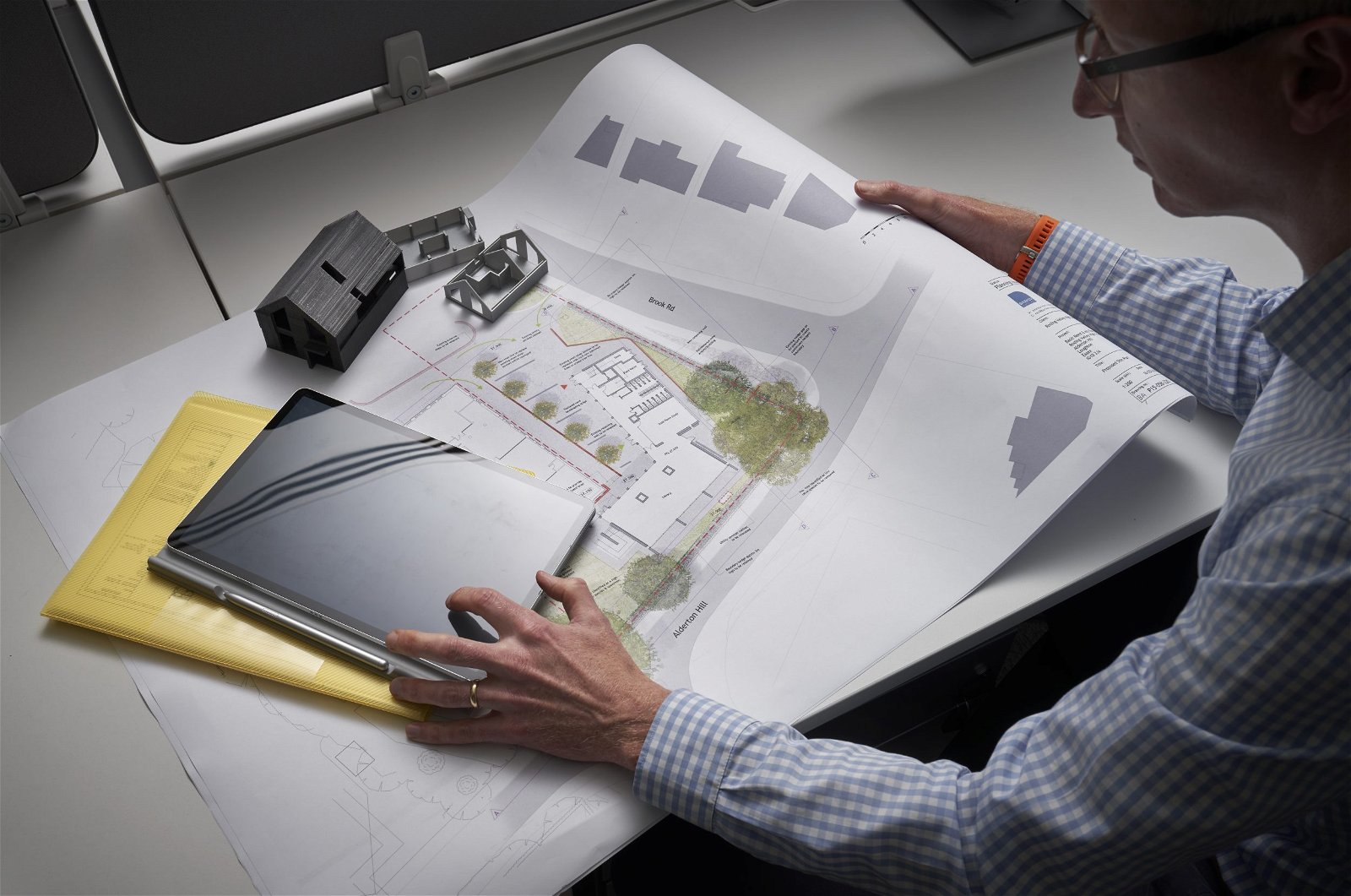

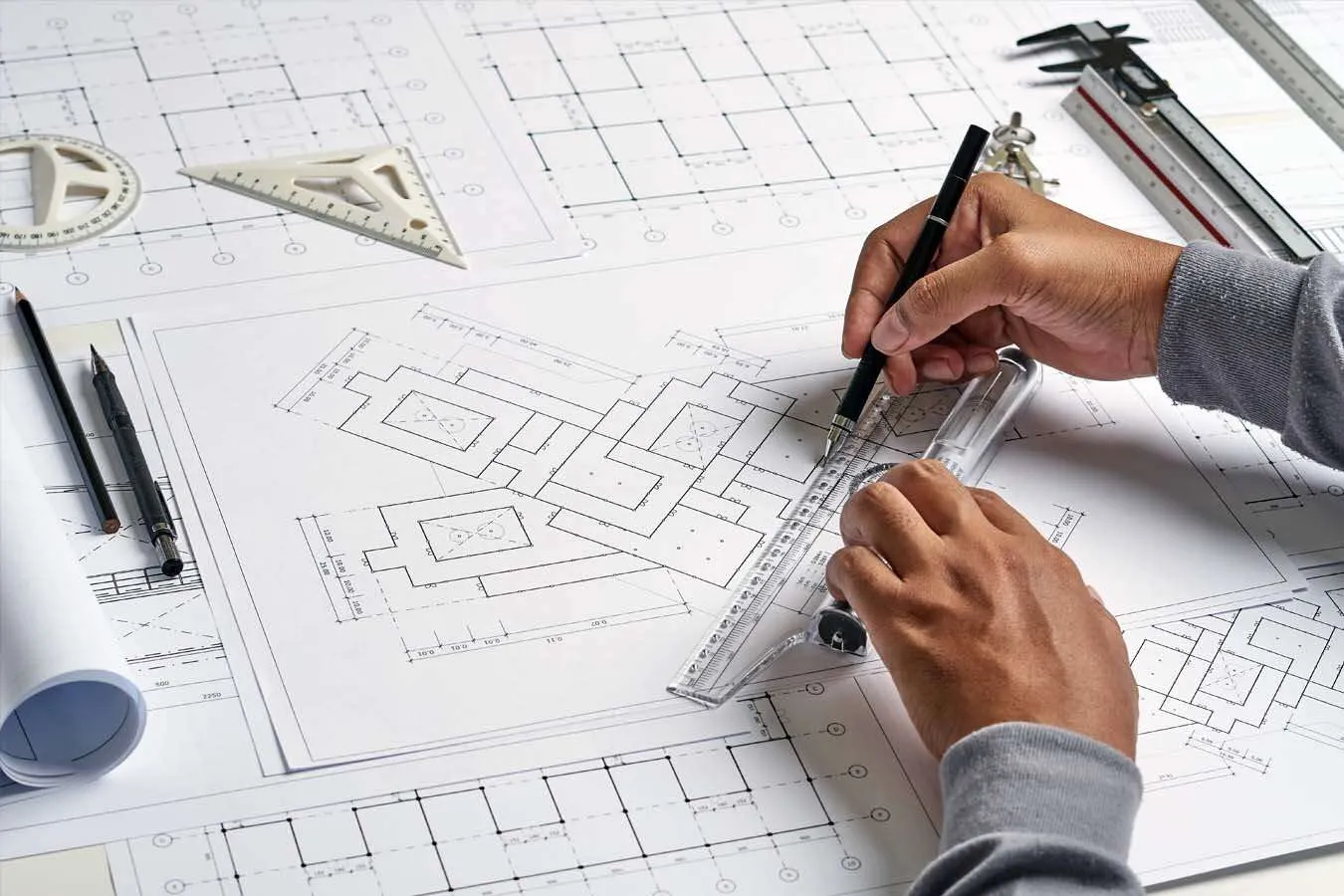
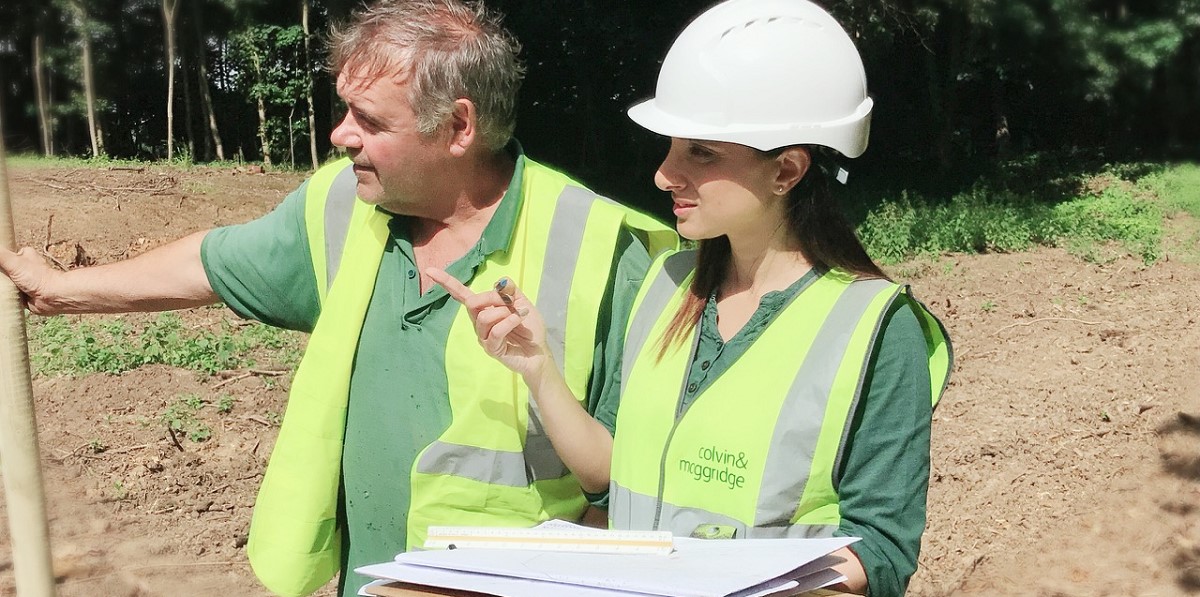
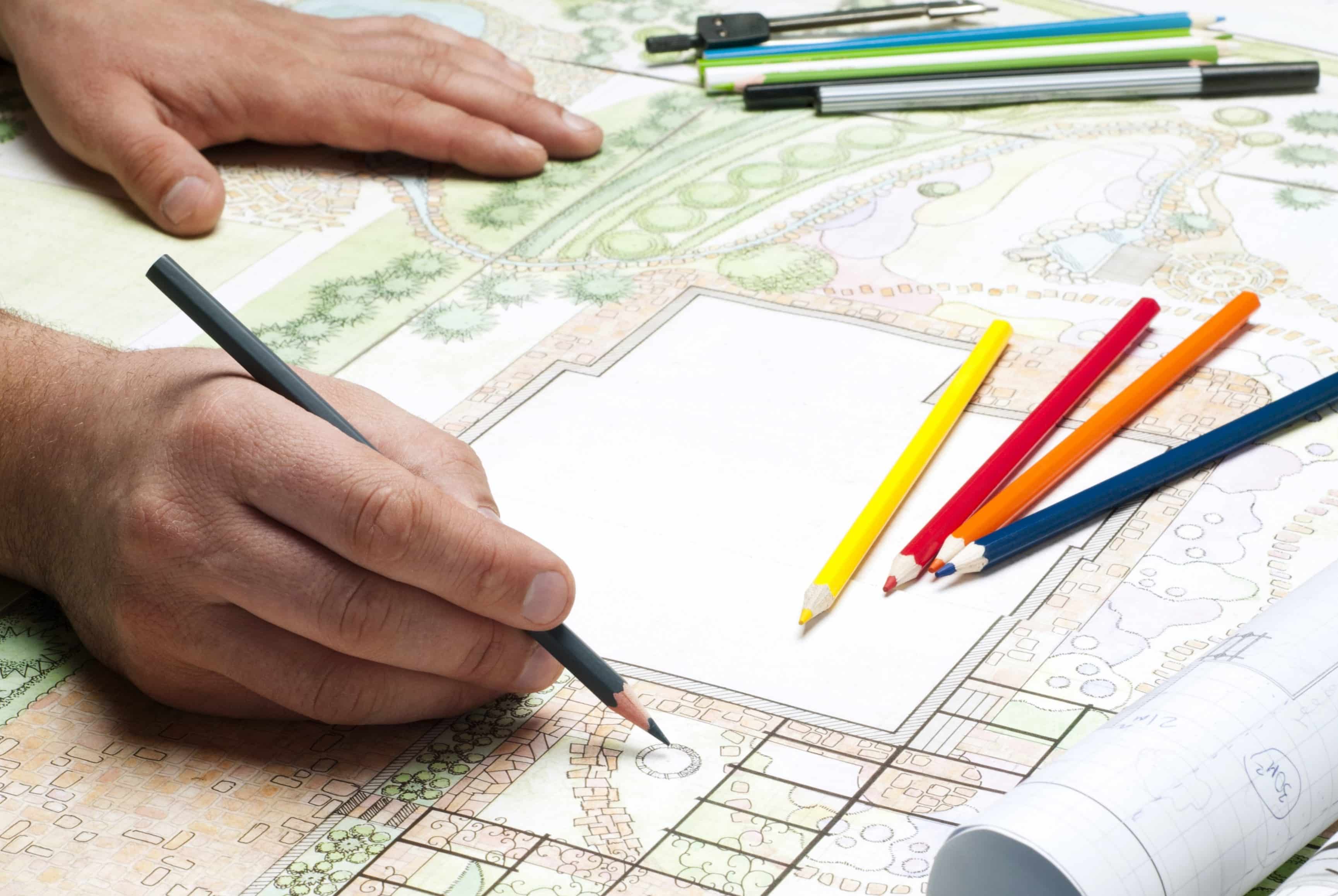

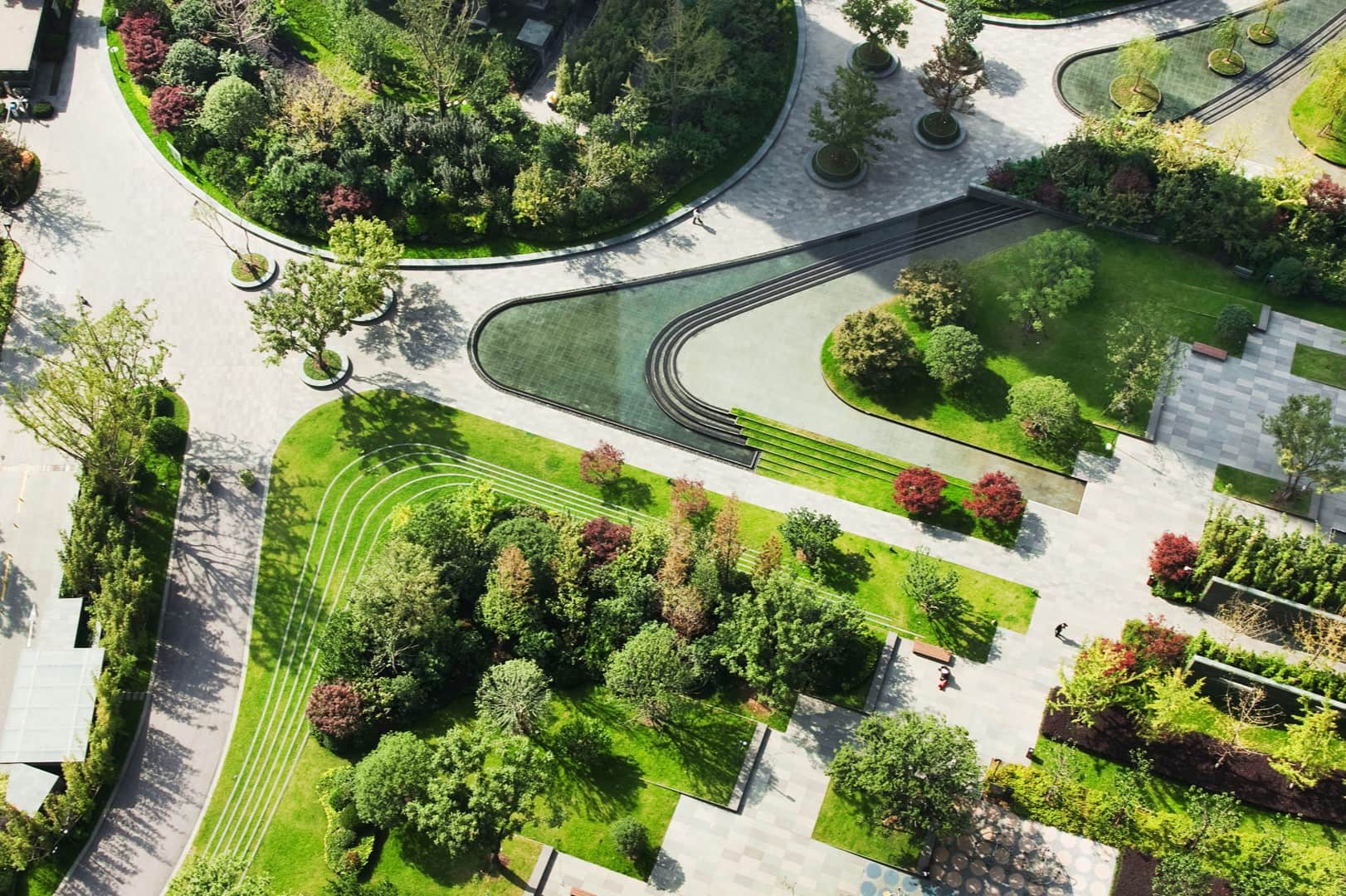
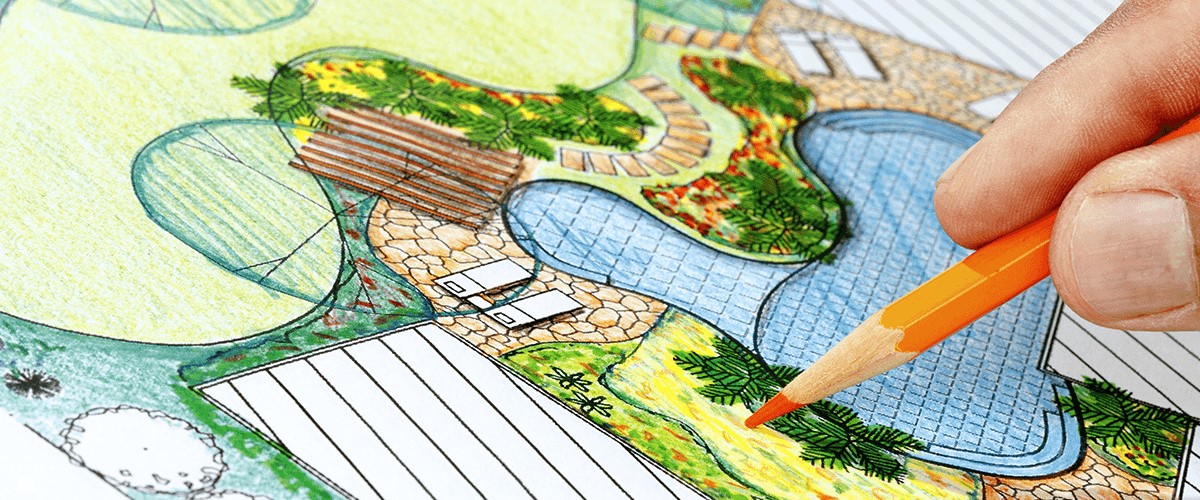
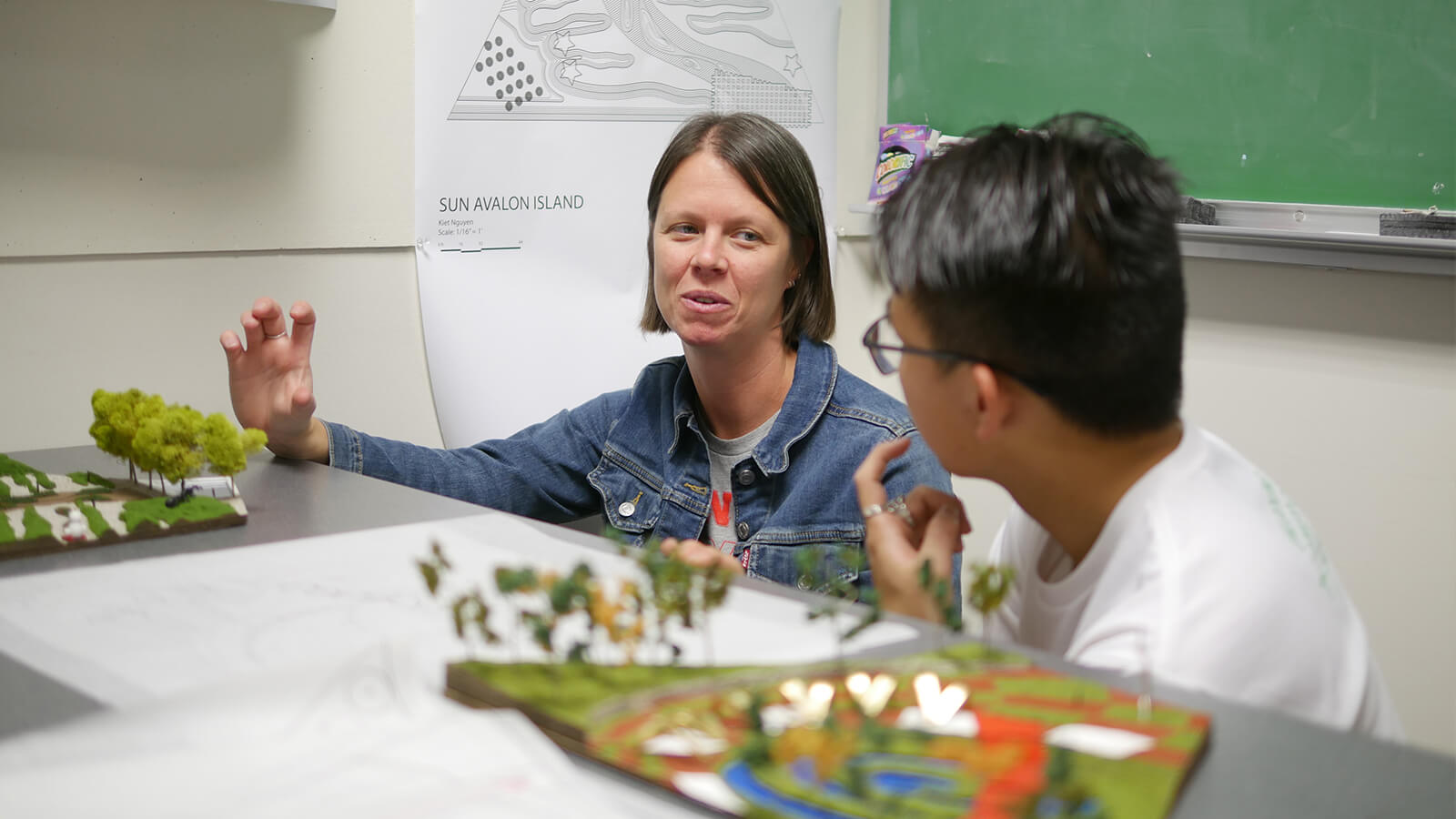
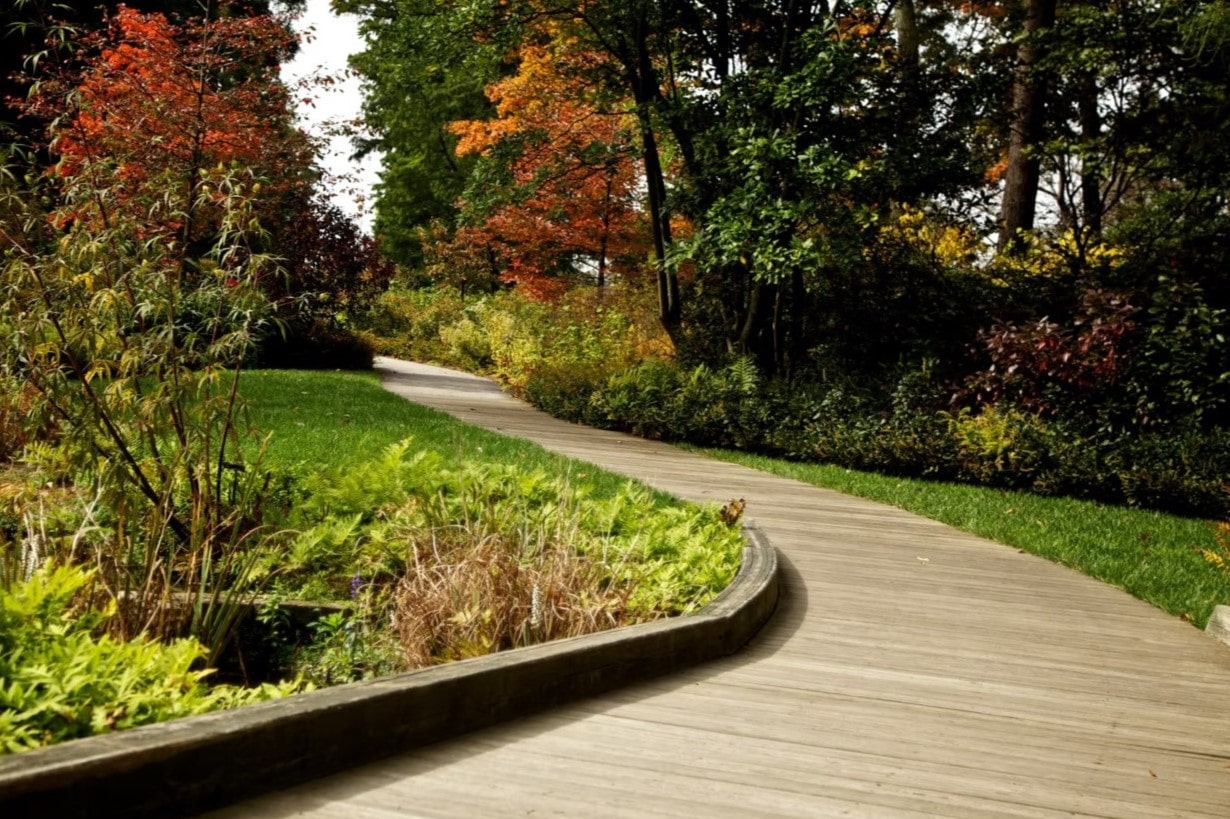
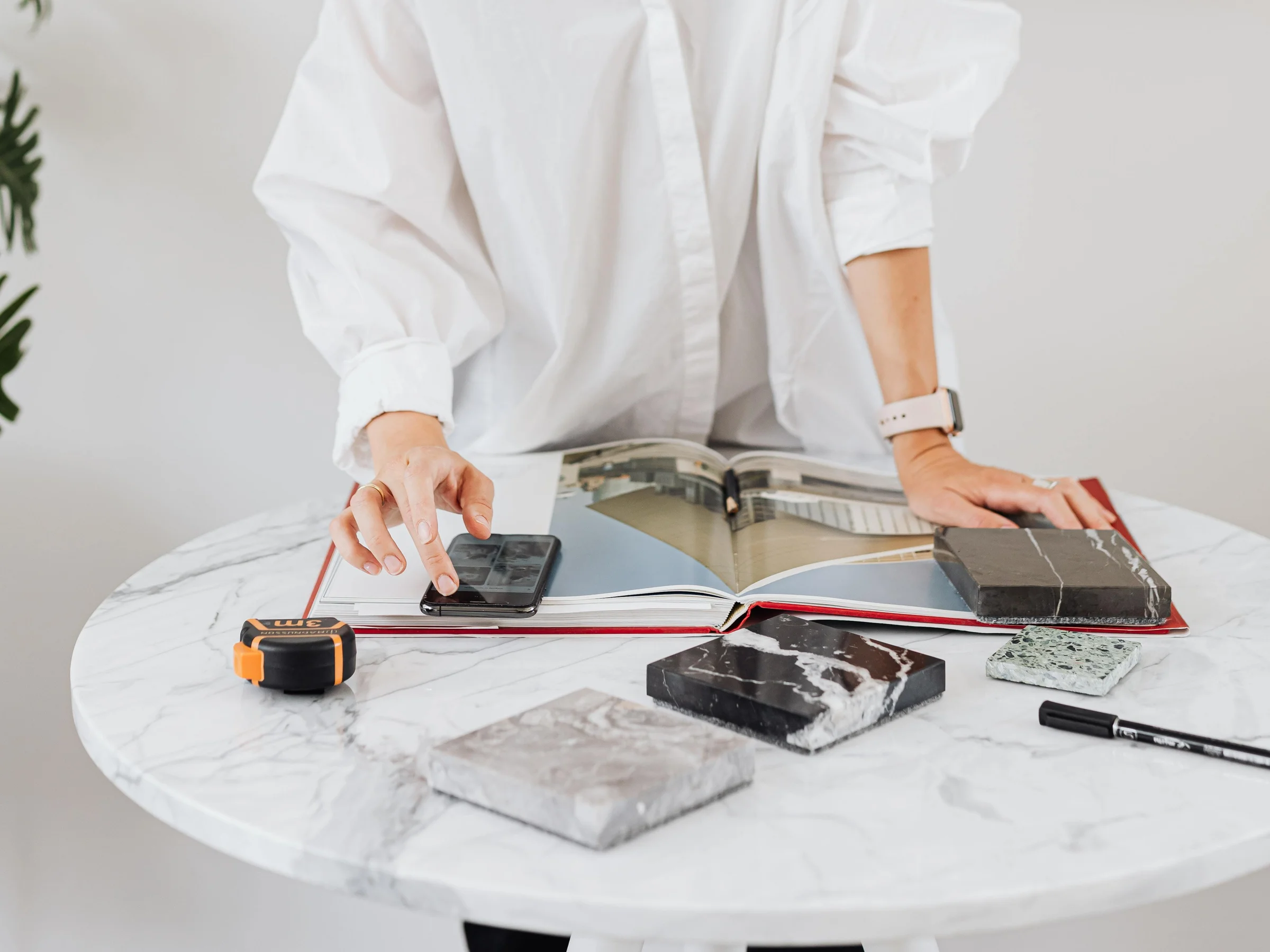

0 thoughts on “What Pen Do Landscape Architect Use”